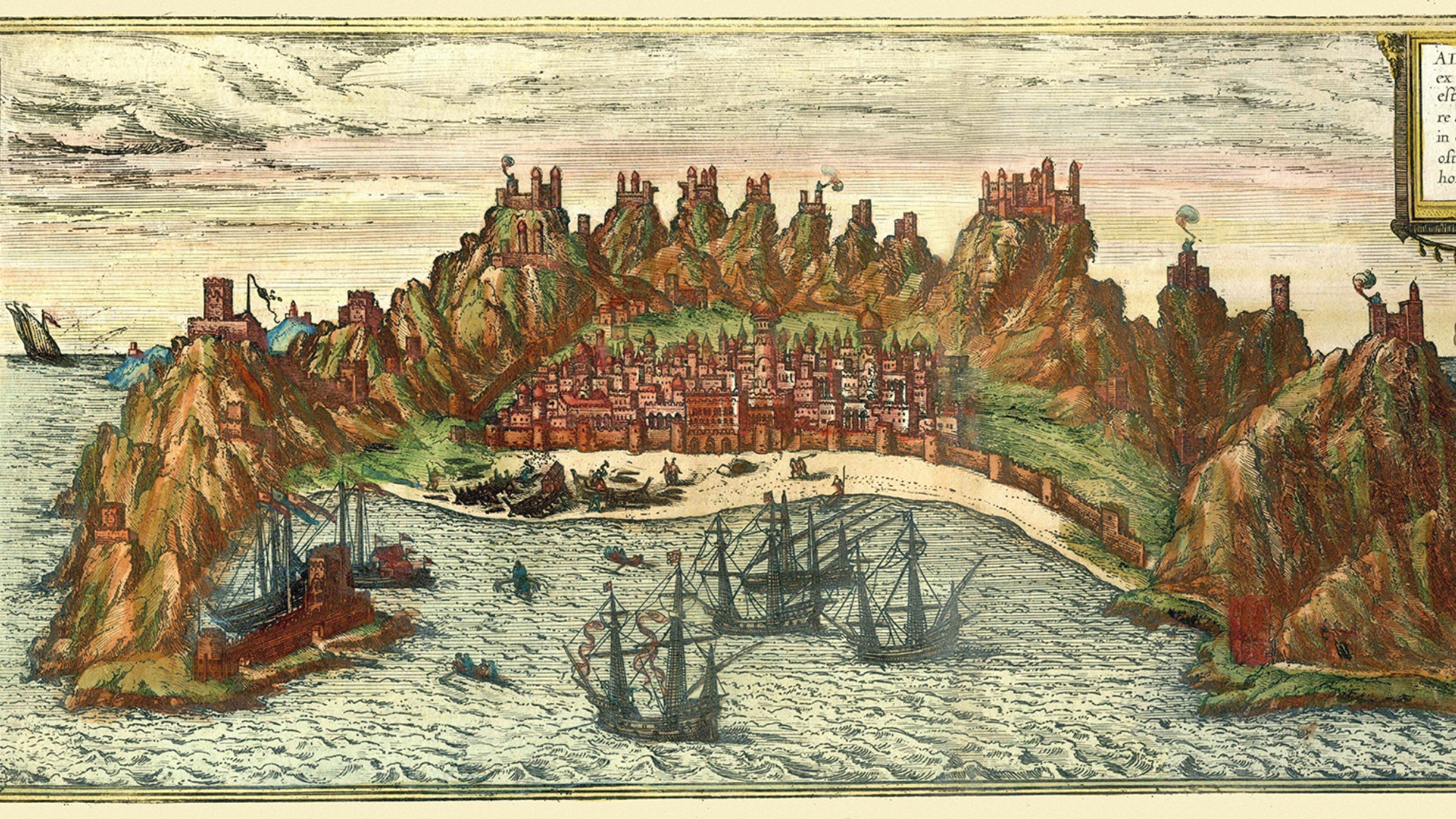Getting the flavor of...Vermont’s island getaway
There are no traffic lights on this seven-mile-long island near the Canadian border.
Vermont’s island getaway
“If you ever want to drop off the face of the earth for a few days,” said Nancy Trejos in The Washington Post, try Vermont’s Isle La Motte. The first time I went looking for the town center on “Lake Champlain’s most remote island,” I drove right through it. There are no traffic lights and few restaurants on this seven-mile-long island near the Canadian border. For entertainment, my mother and I became amateur paleontologists and undertook a “scavenger-hunt-like excursion” for fossils at a preserve along Chazy Reef, thought to be “the oldest reef in the world where corals first appeared.” Afterward, we headed to St. Anne’s Shrine, which affords a “magnificent view” of the Adirondacks from the site of Vermont’s first European settlement. Stopping at an art gallery on historic Fisk Farm, I happened upon a note on the wall that spoke of how nature knows nothing of our normally hurried lives. “Neither does Isle La Motte.”
New Mexico’s underground wonders
The Week
Escape your echo chamber. Get the facts behind the news, plus analysis from multiple perspectives.

Sign up for The Week's Free Newsletters
From our morning news briefing to a weekly Good News Newsletter, get the best of The Week delivered directly to your inbox.
From our morning news briefing to a weekly Good News Newsletter, get the best of The Week delivered directly to your inbox.
More than 800 feet below the New Mexico desert, 12 amateur spelunkers “shimmy through a narrow cave passage, ducking to keep their helmets from scraping tiny crystals overhead,” said Susan Montoya Bryan in the Chicago Sun-Times. Being among them, I’ve joined a relatively exclusive club: While nearly half a million people visit Carlsbad Caverns National Park each year to gawk at its “monumental stalagmites and stalactites,” only a relative few take the more adventurous “extreme tour” led by park rangers—in part because the tours are often overbooked. Forgoing the handrails and lights of the more heavily trafficked caverns, our group learned quickly to “squeeze from one chamber to the next” while negotiating ropes, ladders, and slippery stone. The tour was conducted in total darkness, save for our headlamps. But the payoff was enormous: a rare opportunity “to see what the underground world is like” in all its dark and silent glory.
A free daily email with the biggest news stories of the day – and the best features from TheWeek.com
-
 Antibiotic resistance: the hidden danger on Ukraine’s frontlines
Antibiotic resistance: the hidden danger on Ukraine’s frontlinesUnder The Radar Threat is spreading beyond war zones to the ‘doorstep’ of western Europe
-
 ‘Capitalism: A Global History’ by Sven Beckert and ‘American Canto’ by Olivia Nuzzi
‘Capitalism: A Global History’ by Sven Beckert and ‘American Canto’ by Olivia NuzziFeature A consummate history of capitalism and a memoir from the journalist who fell in love with RFK Jr.
-
 Who will the new limits on student loans affect?
Who will the new limits on student loans affect?The Explainer The Trump administration is imposing new limits for federal student loans starting on July 1, 2026